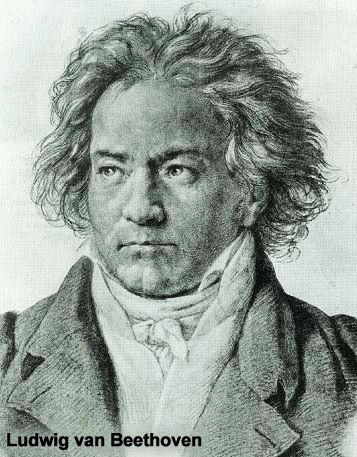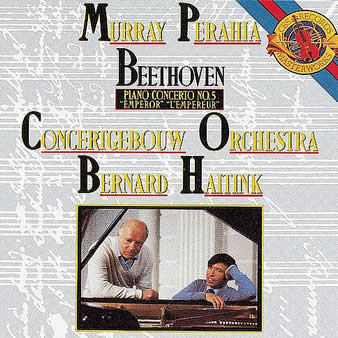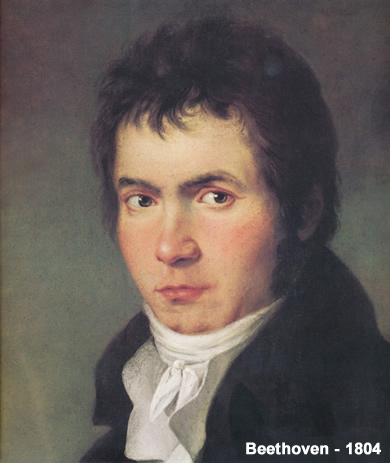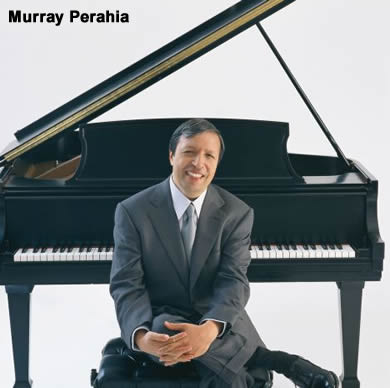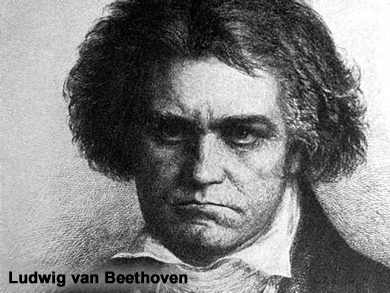 Ludwig Van Beethoven (1770-1827)
Ludwig Van Beethoven (1770-1827)
Violin Concerto in D Major, Opus 61
Josef Suk, Violin – New Philharmonia Orchestra (Sr. Adrian Boult, Conductor)
Romance No. 1 in G Major, Opus 40
Romance No. 2 in F Major, Opus 50
Academy of St. Martin-in-the-Fields (Sir Neville Marriner, Conductor)
Recorded in 1970 at Kingway Hall, London and Abbey Road Studios, London
ONE-SENTENCE REVIEW:
I’m sure Josef Suk can play this one in his sleep – and it’s just possible he did.
No liner notes on this budget disc – so how about a little Wikipedia!
Ludwig van Beethoven’s Violin Concerto in D major, Op. 61, was written in 1806.
The work was premiered on 23 December 1806 in the Theater an der Wien in Vienna.
Beethoven wrote the concerto for his colleague Franz Clement, a leading violinist of the day, who had earlier given him helpful advice on his opera Fidelio. The occasion was a benefit concert for Clement. However, the first printed edition (1808) was dedicated to Beethoven’s friend Stephan von Breuning.
It is believed that Beethoven finished the solo part so late that Clement had to sight-read part of his performance. Perhaps to express his annoyance, or to show what he could do when he had time to prepare, Clement is said to have interrupted the concerto between the first and second movements with a solo composition of his own, played on one string of the violin held upside down; however, other sources claim that he did play such a piece but only at the end of the program.
The premiere was not a success, and the concerto was little performed in the following decades.
 The work was revived in 1844, well after Beethoven’s death, with performances by the then 12-year-old violinist Joseph Joachim with the orchestra conducted by Felix Mendelssohn.
The work was revived in 1844, well after Beethoven’s death, with performances by the then 12-year-old violinist Joseph Joachim with the orchestra conducted by Felix Mendelssohn.
Ever since, it has been one of the most important works of the violin concerto repertoire, and it is frequently performed and recorded today.
The Romance for Violin and Orchestra No. 1 in G major, Op. 40 is a piece for violin and orchestra, one of two such compositions, the other being Romance No. 2 in F major, Op. 50.
It was written in 1802, four years after the second romance, and was published 1803, two years before the publication of the second. Thus, this romance was designated as Beethoven’s first.
TRACK LISTING:
- 1-3: Violin Concerto in D Major, Opus 61
- 4: Romance No. 1 in G Major, Opus 40
- 5: Romance No. 2 in F Major, Opus 50
FINAL THOUGHT:
Not the most dynamic recording of Beethoven’s Opus 61 but still nice to have in the closet – like an old sweater.
 Emily Sachs – President – Manka Music Group (A division of Manka Bros. Studios – The World’s Largest Media Company)
Emily Sachs – President – Manka Music Group (A division of Manka Bros. Studios – The World’s Largest Media Company)


